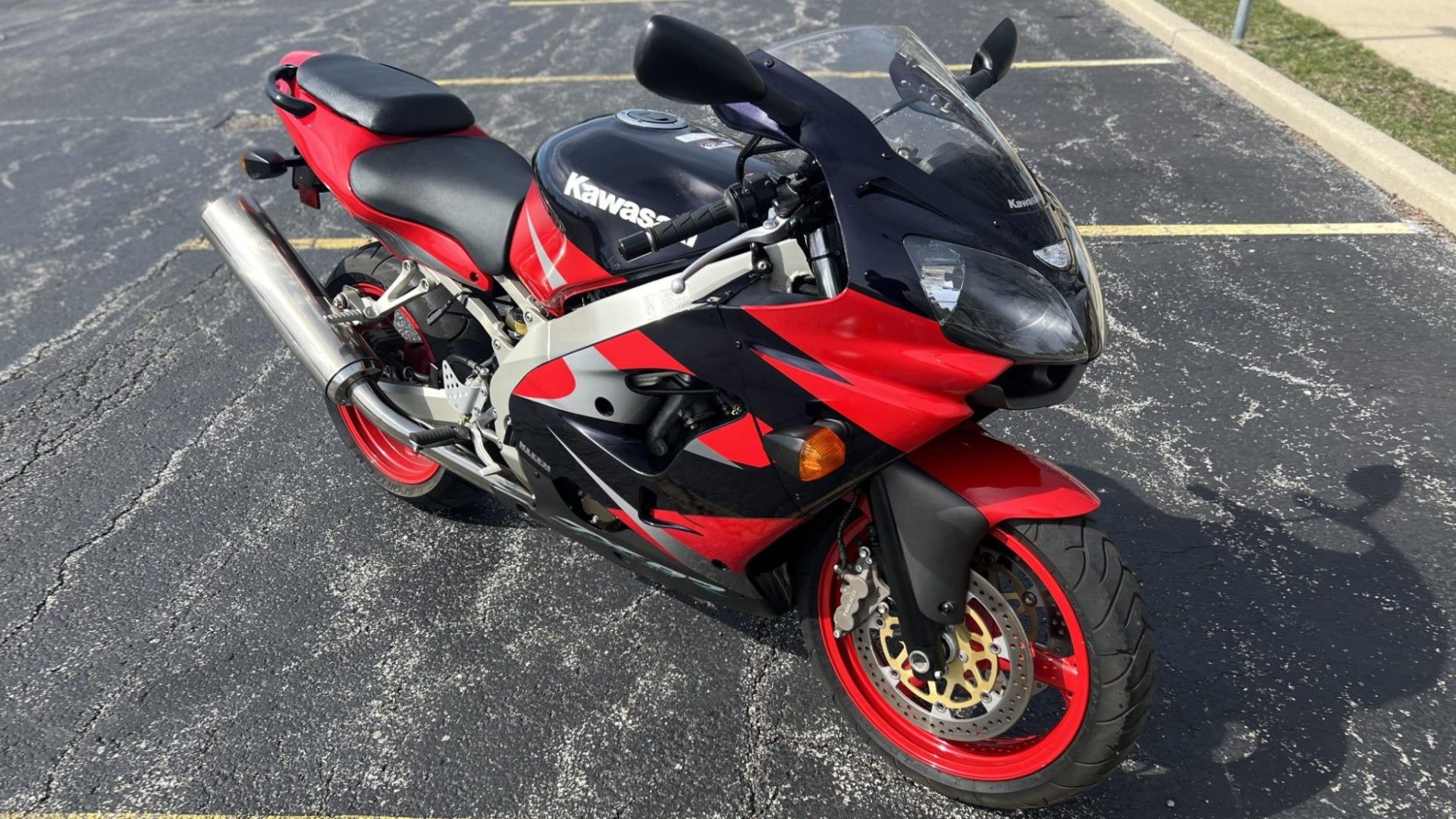Planting Hyacinth Bulbs: A Guide To Timing For Success

Table of Contents
Choosing the Right Hyacinth Bulbs for Planting
Selecting the right hyacinth bulbs is the first step towards a successful planting. Consider these factors for a bountiful bloom:
Selecting Healthy Bulbs:
Look for firm, plump bulbs free of soft spots, mold, or any signs of damage. Larger bulbs generally produce more robust and taller flower spikes.
- Check for damage before purchasing: Carefully examine each bulb for any bruises, cuts, or discoloration. Discard any damaged bulbs.
- Consider pre-chilling for early blooms: For earlier blooms, you can pre-chill your bulbs (more on this later). This is especially helpful for extending your bloom season.
Variety Selection:
Hyacinths boast a stunning array of colors and intensely fragrant blooms. Choose varieties that complement your garden's aesthetic and personal preferences.
- Blue, pink, purple, white, yellow – the possibilities are endless!: Explore the vast range of hyacinth colors to create a visually stunning display.
- Consider the height of different varieties for optimal garden design: Some hyacinth varieties grow taller than others, influencing your garden layout. Check the mature plant height when selecting your bulbs.
Sourcing Your Bulbs:
Reputable nurseries and garden centers are your best bet for high-quality hyacinth bulbs. Avoid purchasing from unreliable sources that may offer improperly stored or damaged bulbs.
- Buy early in the season for best selection: The best selection is typically found early in the fall planting season. Don't wait until the last minute!
- Look for bulbs with good provenance: Knowing the origin and history of your bulbs can give you peace of mind and ensure better quality.
Ideal Timing for Planting Hyacinth Bulbs
Timing is crucial for successful hyacinth cultivation. Planting too early or too late can significantly impact bloom success.
Fall Planting:
The optimal time to plant hyacinth bulbs is in the fall, typically 6-8 weeks before the first expected frost in your area. This allows the roots to establish before winter’s arrival.
- Specific dates will vary depending on your geographic location: Consult your local garden center or agricultural extension office for precise planting dates in your region. Using a planting calendar specific to your hardiness zone is highly recommended.
- Check local frost dates to determine planting window: Knowing your average first frost date is essential for accurate timing.
Soil Preparation:
Hyacinths thrive in well-draining soil enriched with organic matter. Poor drainage can lead to bulb rot.
- Amend heavy clay soils with sand or perlite: Improve drainage in heavy clay soils by adding organic material like compost and incorporating sand or perlite to loosen the soil texture.
- Ensure good drainage to prevent rot: Avoid planting in low-lying areas where water may accumulate. A slightly raised bed can be beneficial.
Pre-chilling (Optional):
For earlier blooms, you can pre-chill your hyacinth bulbs in the refrigerator for several weeks before planting.
- Follow specific instructions carefully for each bulb type: Pre-chilling methods can vary slightly depending on the specific variety of hyacinth bulb.
- This technique requires planning and attention to detail: Begin the pre-chilling process several weeks in advance of your intended planting date.
Planting Hyacinth Bulbs: A Step-by-Step Guide
Once you have your bulbs and soil prepared, follow these steps for successful planting:
Planting Depth and Spacing:
Plant hyacinth bulbs pointed-end up, approximately 6-8 inches deep and 4-6 inches apart.
- Proper spacing enhances air circulation and minimizes disease risk: Adequate spacing prevents overcrowding and reduces the risk of fungal diseases.
- Consider the mature size of the plants when spacing: Allow ample space for the plants to grow to their mature size.
Planting Location:
Choose a location that receives at least 6 hours of direct sunlight per day. Well-drained soil is crucial.
- Avoid planting in areas prone to waterlogging: Waterlogged soil is detrimental to hyacinth bulbs.
- Partial shade in hotter climates can be beneficial: In extremely hot climates, providing some afternoon shade might be beneficial.
Aftercare:
After planting, water thoroughly. During the winter months, water sparingly to avoid overwatering and potential rot.
Conclusion:
Mastering the art of planting hyacinth bulbs is key to enjoying their breathtaking beauty and intoxicating fragrance. By selecting high-quality bulbs, choosing the right planting time, and following our step-by-step guide, you'll be rewarded with vibrant blooms that herald the arrival of spring. Remember, timing is everything when it comes to planting hyacinth bulbs, so plan accordingly and enjoy the sweet rewards of your efforts. Start planning your hyacinth bulb planting now for a spectacular spring display!

Featured Posts
-
 Could Xabi Alonso Sign Another Arsenal Player Following The Xhaka Model
May 29, 2025
Could Xabi Alonso Sign Another Arsenal Player Following The Xhaka Model
May 29, 2025 -
 Chinas Automotive Landscape Challenges And Opportunities For Brands Like Bmw And Porsche
May 29, 2025
Chinas Automotive Landscape Challenges And Opportunities For Brands Like Bmw And Porsche
May 29, 2025 -
 University Of California Under Scrutiny Trumps Antisemitism Probe Intensifies
May 29, 2025
University Of California Under Scrutiny Trumps Antisemitism Probe Intensifies
May 29, 2025 -
 Male Escorts Apology To Cassie Following Diddy Sex Party Allegations
May 29, 2025
Male Escorts Apology To Cassie Following Diddy Sex Party Allegations
May 29, 2025 -
 Mamardashvili Under Scrutiny Westervelds Assessment
May 29, 2025
Mamardashvili Under Scrutiny Westervelds Assessment
May 29, 2025
Latest Posts
-
 Limited Time Offer R45 000 Off Kawasaki Ninja Models
May 30, 2025
Limited Time Offer R45 000 Off Kawasaki Ninja Models
May 30, 2025 -
 Harga Lebih Murah Kawasaki Z900 Dan Z900 Se Di Indonesia Sebuah Tinjauan
May 30, 2025
Harga Lebih Murah Kawasaki Z900 Dan Z900 Se Di Indonesia Sebuah Tinjauan
May 30, 2025 -
 Proceso De Reembolso Por Cancelacion Del Festival Axe Ceremonia 2025 Ticketmaster
May 30, 2025
Proceso De Reembolso Por Cancelacion Del Festival Axe Ceremonia 2025 Ticketmaster
May 30, 2025 -
 Keterjangkauan Kawasaki Z900 Dan Z900 Se Studi Kasus Indonesia
May 30, 2025
Keterjangkauan Kawasaki Z900 Dan Z900 Se Studi Kasus Indonesia
May 30, 2025 -
 Guia Para El Reembolso De Boletos Del Axe Ceremonia 2025 Ticketmaster
May 30, 2025
Guia Para El Reembolso De Boletos Del Axe Ceremonia 2025 Ticketmaster
May 30, 2025
